A while back I wrote about group rides charging at EV stations. Since then, many have expressed interest in learning how to charge their Onewheel at an electric vehicle car power station. The good news, is that these chargers are not just for cars. PEV’s can partake in the EV charging just the same.
To charge at a public EV car station, you simply need to purchase a J1772 to NEMA 5-15/5-20 EV charger adapter. The standard Future Motion Onewheel chargers allow for 100V – 240V. These chargers with the adapter can be used at an EV car charging point.
Are PEV’s allowed to charge at EV charge stations?
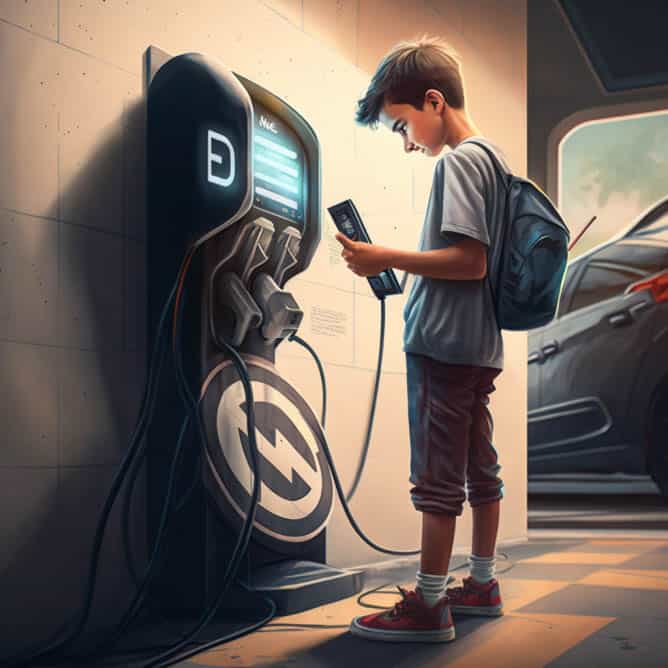
Onewheels and other PEV’s are generally allowed to charge at these stations however it’s important to note that some EV charging stations may have specific policies or restrictions on what types of vehicles are allowed to charge there, so it’s always a good idea to check before plugging in.
Generally you will be able to use these public chargers. After all, you are a paying customer!
It’s also important to know that the charger you are using can take 220 volts. As stated above and referenced on Onewheel’s website, the standard Onewheel charger does allow for this voltage. This may not be true for aftermarket chargers so check first. Always check the information sticker on the charger prior to charging.
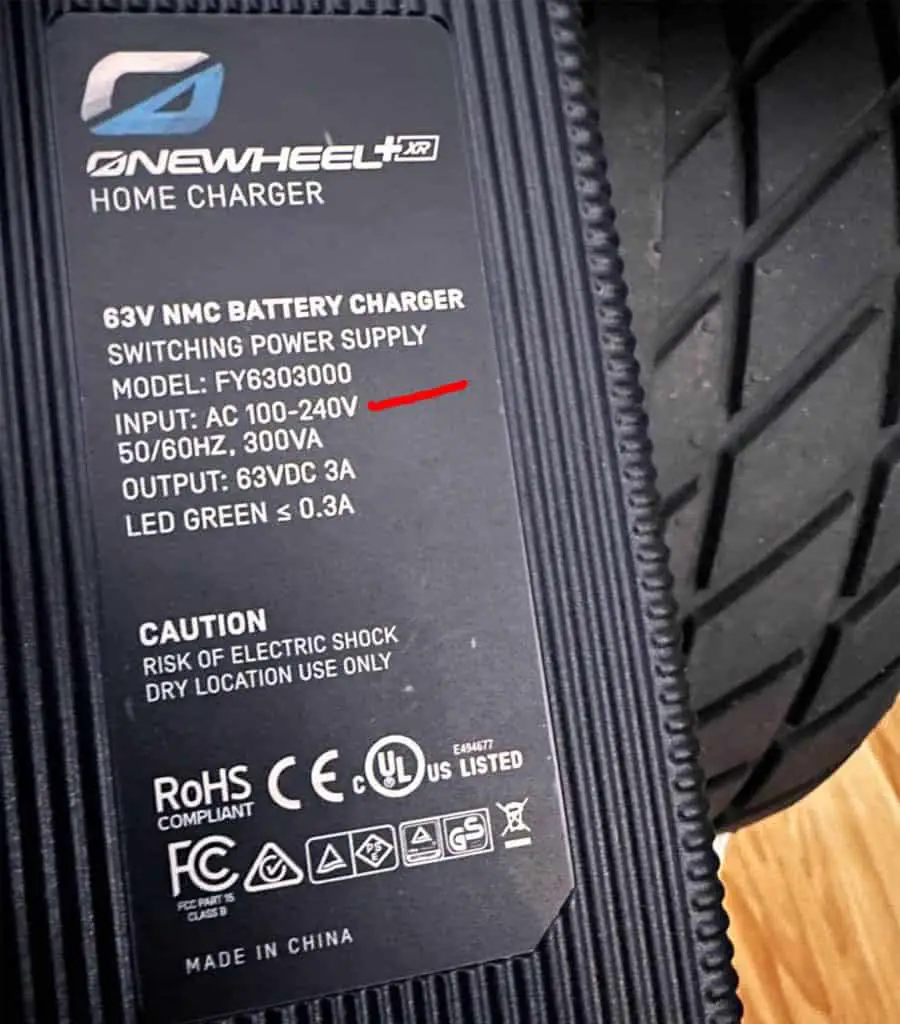
How does the J1772 adapter work?
In, 2009, car charging stations adopted the SAE J1772 port that puts out 220 volts. These destination charging stations are level 2 charging stations (220V). They differ than Tesla Superchargers as they are faster charger as well as they utilize different ports. *These adapters do not work with Tesla superchargers.
These Level 2 chargers output 220V. Some are Level 1 (110V) however most are Level 2 with 220V. You cannot just plug into this charger as many US portable devices are not compliant with 220V and secondly, these chargers have a specific J1772 outlet (standard plug won’t fit). To capture this electricity, you simply need a J1772 inlet that converts to a standard receptacle (NEMA 5-15 and NEMA 5-20).
J1772 includes a control pilot signal that communicates with the charging station to ensure safe and efficient charging. These charger adapters have a pull-down resistor and a diode inside, in line with J1772 specification.
Companies such as TusconEV and EVSEadapters sell J1772 to NEMA 5-15/5-20 conversion adapters. It is important to note however that NEMA 5 is made for 125V to be plugged into it. In the Onewheel community, we are lucky that Future Motion’s standard charger operates under 110V-240V.
If you buy this adapter, do not plug anything else into it just because the receptacle is the same size (NEMA 5). The device may short out, be damaged or worse if it is not capable of receiving 220 volts. This adapter is a modification just for 220V devices only. Most charging stations operate at 220V, so this is very important. Always refer to the label on your device’s power supply prior to plugging it into a car charging port. If it indicates it can accept 220V or above, then you can definitely safely use it with this adapter.
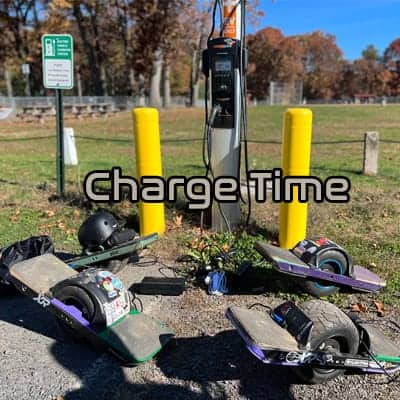
On group rides, we safely can charge up to 3 Onewheels per EV charger. Covered in my cost per mile post, the unfortunate thing is that these EV chargers often mark up the cost to charge. I find that whatever the going electricity rate is in your area (after supply and transmission fees), these chargers mark it up about 15% to 25%. That being said, its an extremely petty concern considering it may only cost your credit card $0.80 to charge up 3 boards. Every time I’ve used a charging station, I’ve only been billed what I used. That being said, there are some municipalities that allow the charging station to charge a minimum fee.
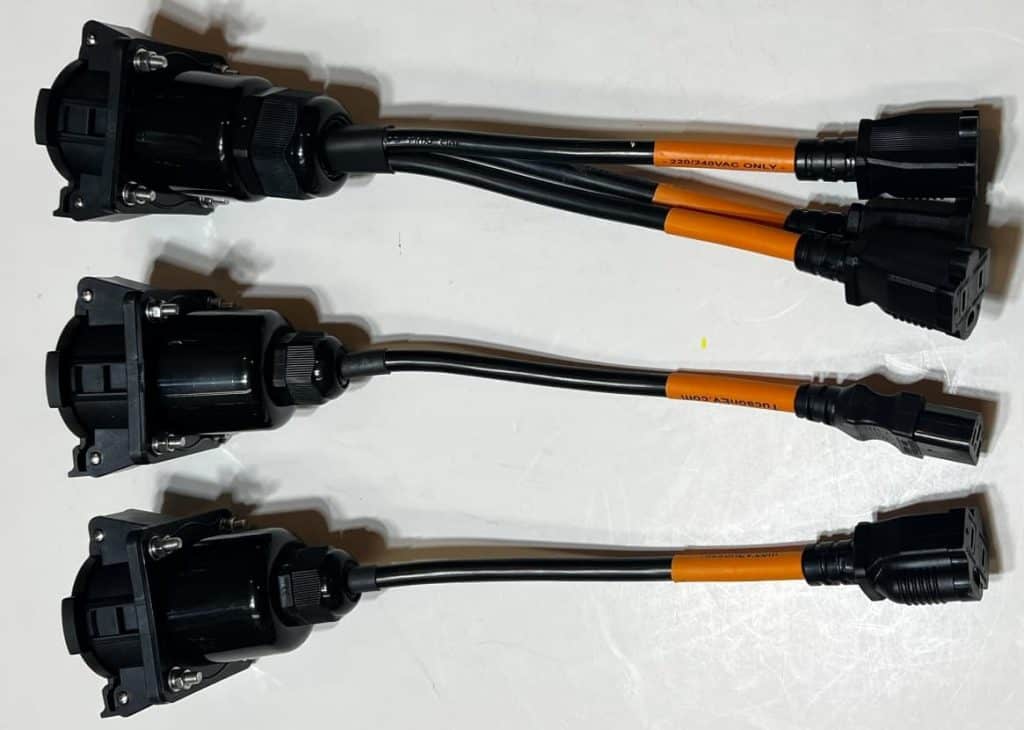
J1772 is not the same as Tesla Superchargers
As stated above EV power stations are level 2. Tesla Superchargers however are not level 2. Supercharger network stations are all level 3 direct current (DC) chargers which are the fastest EV charger available. These chargers are not compliant with EUC or Onewheel chargers. They will not work.
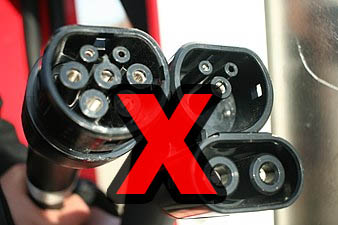
Safely, the standard charger from Future Motions handles a Level 1 or Level 2 charge. that being said Tesla’s Destination Charging Network is Level 2 and you CAN charge at this station however these stations do not have a standard J1772 inlet.
Destination chargers utilize a proprietary Tesla charging port and for that you would also need an adapter for Tesla to J1722. You may in luck if the station provides the adapter for you.
In short, you can plug your Onewheel into EV car chargers so long as they offer Level 1 or Level 2 charging. Superchargers have DC current along with a higher voltage and proprietary communication signals that would not allow you to use an adapter and charge your PEV.
Why use EV charging stations?
I have yet to be kicked out of a Starbucks or a Dunkin’ Donuts for charging my Onewheel while drinking my coffee. I find that so long as you patronize the business establishment, charging your devices should be viewed the same as someone in there establishment on their laptop. If you are in a group setting however, it may be pushing your luck to charge multiple boards.
Whether you’re an EUC, scooter or Onewheel rider, we all need to act as good ambassadors for the PEV community. If you think you may be getting looks from a business or they have already said something about charging there, then perhaps using a nearby EV charge station is the way to go anyway (it will be more affordable too when you consider not having to buy food or a drinks). Find that public charging station that works for your ride.
